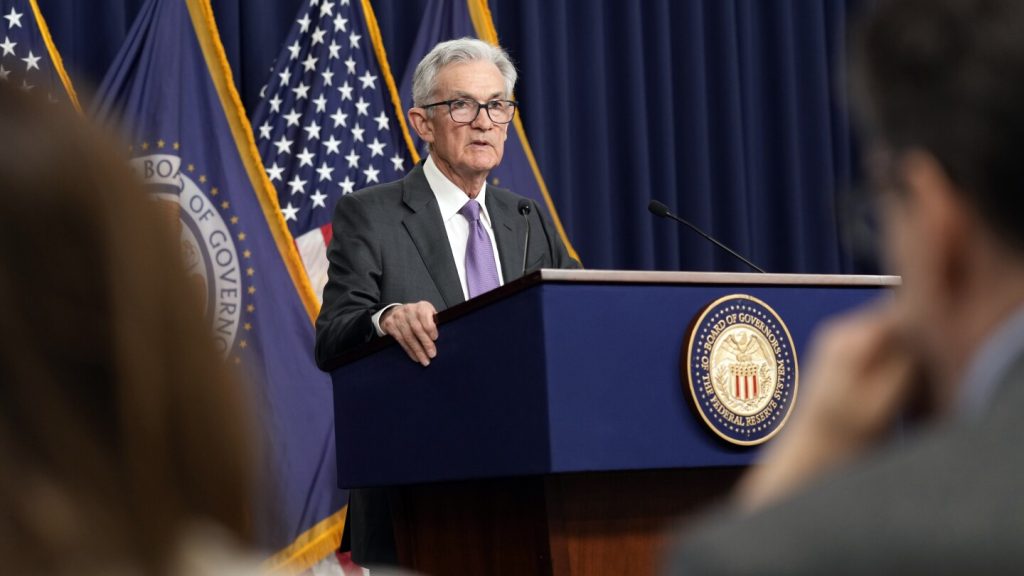Federal Reserve officials have become more cautious about the possibility of interest rate cuts this year after three consecutive inflation reports that were higher than expected. Wall Street traders now predict only a single rate cut this year, a significant downgrade from their initial expectations at the beginning of 2024. The current Fed benchmark rate is at a 23-year high of 5.3%, and traders had previously anticipated up to six rate cuts this year. However, the Fed policymakers themselves had projected three rate reductions in 2024 at their last meeting in March. Rate cuts by the Fed would result in lower borrowing costs for consumers and businesses, including mortgages, auto loans, and credit cards.
Most economists still expect two rate cuts this year, but some acknowledge that the possibility of one or no rate reductions exists due to the unexpected persistence of elevated inflation. The economy is in good shape, with strong hiring and an unemployment rate that has remained below 4% for over two years. Consumers spent at a brisk pace in the first quarter of the year, signaling a healthy economy. Fed Chair Jerome Powell has indicated that the Fed is not in a hurry to cut its benchmark rate as inflation remains high. He mentioned that the Fed would maintain the current level of interest rates for as long as necessary if inflation persists at elevated levels.
Powell is likely to reinforce this message during the news conference following the Fed’s meeting and may even suggest continuing with the current interest rates for an extended period if inflation remains high. However, if Powell refrains from stating that the Fed’s rates are likely at their peak, it could indicate a reduced likelihood of rate cuts this year. Economic growth was slow in the first quarter of 2024, but consumer spending was strong, indicating that the economy will continue to expand. Some Fed officials have expressed concern that current interest rates may not be sufficient to cool the economy and inflation, hinting that rate increases may be necessary in the future.
The Fed may announce a slowdown in the pace at which it is unwinding its COVID-era policy of purchasing trillions of dollars in Treasury securities and mortgage-backed bonds to stabilize financial markets and keep long-term interest rates low. By reducing its bond holdings, the Fed could inadvertently cause longer-term rates, including mortgage rates, to rise as other buyers need to step in to purchase the securities. In March, Fed officials agreed to reduce the runoff pace to about $65 billion a month, and the current $95 billion monthly run-off could be further reduced. The Fed last reduced its balance sheet in 2019, which caused disruptions in financial markets. The goal in slowing the pace of reducing bond ownership is to avoid similar market disturbances and move more methodically.


